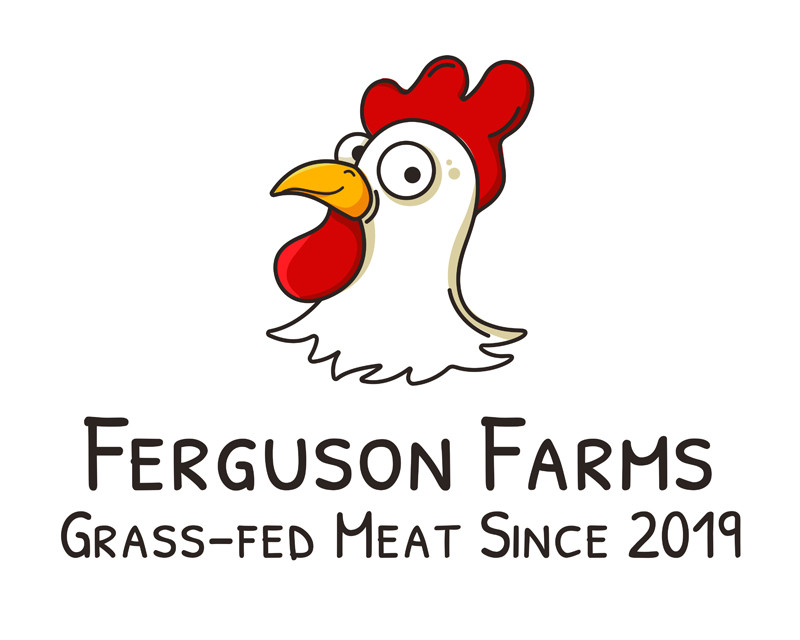Grilling a Hanger vs Skirt Steak
posted on
August 18, 2021
Hanger Steak vs Skirt Steak – Aside from their locations on the cow, the big differences between skirt and hanger steaks have to do with the shape and amount of meat that you get from each of these two cuts. In most cases, whole skirt steaks will weigh about two pounds. Hanger steaks weigh significantly less. You can use your favorite meat marinade for either cut of beef.


Equipment
- A charcoal grill would be nice
Ingredients
Marinade Ingredients
- 1/4 cup canola oil
- 2 tbsp chopped garlic
- Zest of one lemon
- 1 lemon juiced
- 1/4 cup Star-Spangled Steak Seasoning
Meat Seasoning – Makes about 1/4 cup
- 2 tbsp ground black pepper
- 1 tbsp salt
- 1 tsp ground cinnamon
- ½ tsp paprika
- ½ tsp thyme
- ½ tsp onion powder
- ½ tsp garlic powder
- 1/4 tsp ground cumin
Steak/Meat
- 2 pounds Ferguson Farms Grass-fed Skirt steak trimmed or Hanger Steak
Instructions
Make the Meat Seasoning-
- In a small bowl, stir together the pepper, salt, cinnamon, paprika, thyme, onion powder, garlic powder, and cumin.
Make the Marinade
- In a small bowl or zipped plastic bag, mix together the oil, meat seasoning, garlic, and lemon juice.
- Rub the mixture on both sides of the meat, making sure to work it into the meat.
- Let the meat marinate at room temperature for at least 30 minutes but no longer than 45 minutes.
- Prepare a hot fire in a charcoal or gas grill.
- Grilling a Skirt Steak – Grill the steak for 3 to 5 minutes on each side, until done to the degree of doneness you prefer. When the thermometer registers 125ºF for medium-rare or 135ºF for medium. Let the skirt steaks rest for 5 minutes before slicing to serve.
- Grilling a Hanger Steak – Set grill for high heat. Wipe off excess marinade. Grill uncovered, 3 to 4 minutes a side until a thermometer registers 125º F for medium-rare or 135º F for medium. Transfer meat to a board to let it rest for 10 minutes before slicing against the grain.




